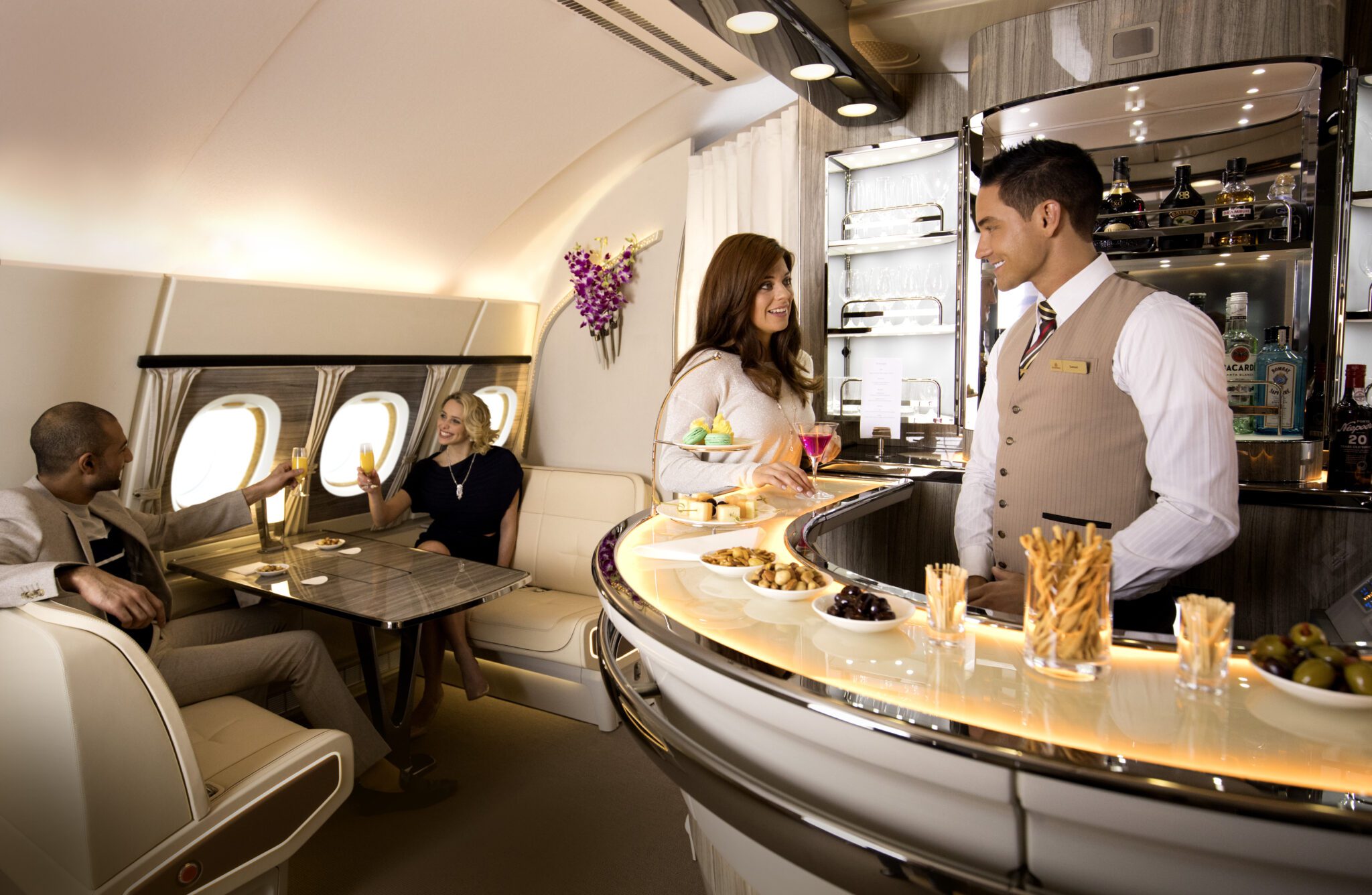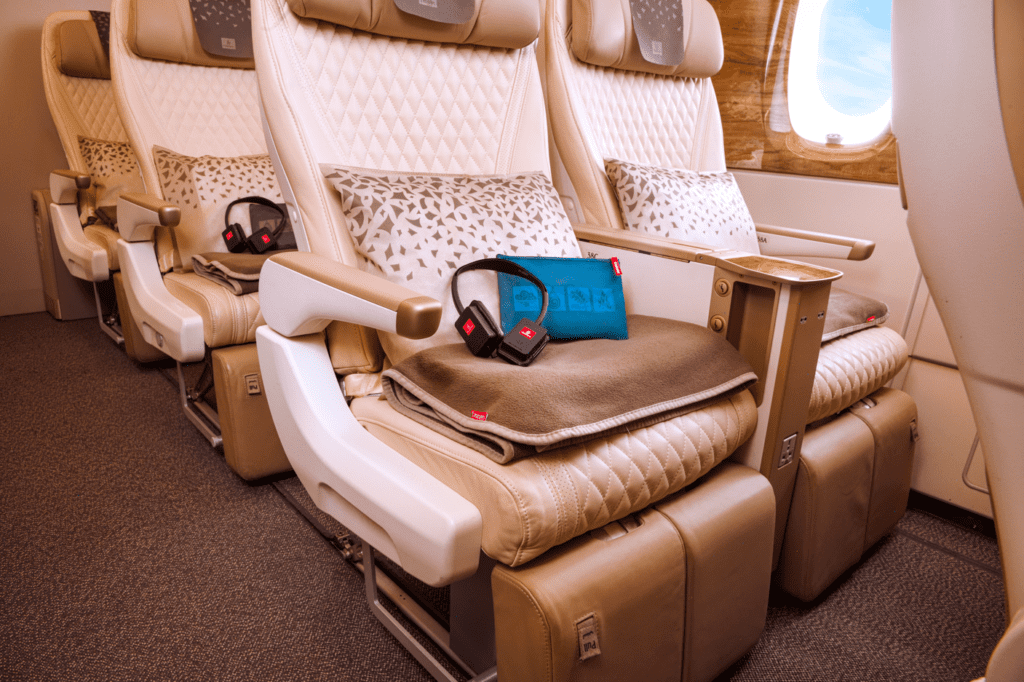
[ad_1]
Skift Take
With premium cabins typically delivering much higher profit margins than economy seats, good occupancy is a key performance metric for many airlines.
Gordon Smith
What do American Airlines, British Airways, Delta, and Air France each have in common? They’ve all reported red-hot demand for premium cabins in recent months – and they’re not alone.
Airlines around the world have enjoyed a post-pandemic phenomenon centered around their high-end products.
Notably, this surge in demand hasn’t been driven by traditional business types. With a sluggish rebound in corporate travel, more leisure passengers have been treating themselves to an upgrade.
This trend has also been seen more broadly across the travel industry with hotels and other accommodation providers ramping up their premium offerings.
As top-end tickets command a much higher profit margin than their economy-class equivalents, airlines have enjoyed a sky-high gold rush. But are there early signs that the boom times for premium cabins might be coming to an end, or at least fading?
On Monday, Emirates – one of the world’s largest international carriers – published its annual report. The headline figures are impressive. A record-breaking profit of $4.7 billion, up 63% on the 2022-23 period. Revenue soared, capacity increased, and its global network continued to grow.
…But Emirates’ Premium Occupancy Drops
There was much to celebrate at the Dubai-based airline, but one figure slightly soured an otherwise sweet set of figures.
Emirates’ ‘passenger seat factor’ is a measure of how well the airline fills available seats on its planes. The report shows this fell year-on-year in its premium cabins.
In 2022-23, on average 72.6% of its non-economy seats were occupied. This dropped to 69.4% in 2023-24.
Slipping below the psychologically significant 70% threshold is unwelcome, but is there a reason for wider concern? Arguably not. Here’s why.
Emirates has been in bullish expansion mode with 18 routes seeing additional frequencies or bigger planes in the 2023-24 financial year. The number of flights using its huge double-decker Airbus A380 surged by 34% as it restored more of its pre-pandemic network.
Other airlines have also been adding services, flooding the market and influencing supply and demand economics.
A second factor concerns not just the number of planes in the air – but the seats inside them.
In August 2022, Emirates launched its premium economy cabin. This broke rank with Middle Eastern rivals such as Qatar Airways and Etihad – who have long resisted the change. Emirates’ mid-tier product is now being rolled out globally.
In the 2023-24 financial year, it was added to nine destinations, bringing the total to 15. The airline aims to serve 42 cities with premium economy by February 2025.
The airline includes these new offerings in its ‘premium’ category for accounting purposes. However, with only 1,500 premium economy seats across its network, compared to more than 16,000 in first and business class, the net impact of the installations remains modest.


What is Emirates’ Next Step?
Despite the drop in occupancy, Emirates is doubling down on its premium expansion drive.
Just last week, the carrier confirmed it would widen its aircraft refurbishment program. Dozens more planes are being reconfigured, with additional premium economy seats being installed. On its Boeing 777 workhorse, the changes will see a net reduction of 50 regular economy seats.
The airline’s new Airbus A350, which is due to enter service later this year, will also have a premium-heavy focus.
Other competitors are also investing heavily in high-end cabins.
Qatar Airways made a dramatic U-turn in March when it revealed it was introducing a new first-class product. Turkish Airlines, Lufthansa, and Cathay Pacific are also among the big names to dedicate more aircraft real estate to premium seating.
Airlines Sector Stock Index Performance Year-to-Date
What am I looking at? The performance of airline sector stocks within the ST200. The index includes companies publicly traded across global markets including network carriers, low-cost carriers, and other related companies.
The Skift Travel 200 (ST200) combines the financial performance of nearly 200 travel companies worth more than a trillion dollars into a single number. See more airlines sector financial performance.
Read the full methodology behind the Skift Travel 200.
[ad_2]